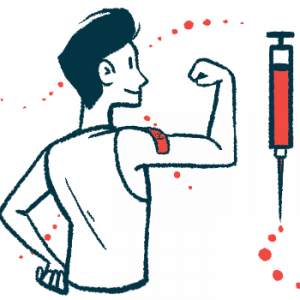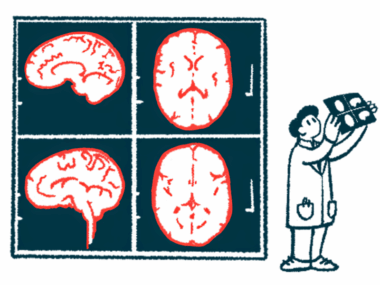RRMS Transition to SPMS Fell With Start of DMTs, Swedish Study Finds
Analysis of patients before and after first-generation therapies introduced in 1995
Written by |

The risk of transitioning from relapsing-remitting multiple sclerosis (RRMS) to secondary progressive multiple sclerosis (SPMS) declined significantly after the introduction of disease-modifying therapies (DMT), according to a large nationwide Swedish study.
Data showed that SPMS conversion risk rose by 3% each year before the first generation of DMTs came into use in Sweden in 1995, and declined by 2.6% annually after their introduction.
Still, while first-generation DMTs appeared to have delayed SPMS transition, their long-term efficacy was only moderate, the researchers noted.
The study, “Effectiveness of first generation disease-modifying therapy to prevent conversion to secondary progressive multiple sclerosis,” was published in the journal Multiple Sclerosis and Related Disorders.
Many RRMS patients eventually develop SPMS, characterized by symptoms that gradually worsen over time, even without relapse activity. DMTs can change the course of multiple sclerosis by reducing relapse risk, decreasing disease activity, and/or slowing the accumulation of disease symptoms.
Studies examining the impact of DMT use on the risk of transition to SPMS at a population level, however, are still limited.
Risk of RRMS transition to SPMS fell by 42% with first-gen DMTs
A research team, led by those at the University of Gothenburg and the Karolinska Institute, examined the incidence of SPMS conversion using two consecutive groups of RRMS patients from the Swedish national MS register: those in the period immediately before (1975–1994) and those after DMT introduction in the country (1995–2011).
In 2011, second-generation therapies like Tysabri (natalizumab), approved for Sweden in 2006, began being more widely used, the researchers wrote.
The first group covered 2,161 RRMS patients, and 3,510 RRMS patients were in the second group. After DMTs came into use, mainly first-generation injectables, more than 70% of patients were eventually treated with them.
Results, adjusted for potential influencing factors including sex, current age, current time since onset, and current calendar year, showed that the introduction of DMTs significantly reduced the risk of transitioning to SPMS by 42%.
The risk of SPMS conversion increased by 3% annually in the pre-DMT period, while it declined by 2.6% per year after 1995.
Researchers next assessed the lifetime risk of SPMS before and after age 50, using four datasets differing in terms of the period of time in which disease onset occurred and whether patients received DMTs or not.
All analyses showed that the risk of SPMS transition significantly increased with age until age 50, even in those treated with DMTs. Thereafter, the risk generally continued to increase among patients with disease onset at 35 years or older, but was either unchanged or lower among those with younger age at onset (before age 35).
Similar trends were observed between treated and untreated patient groups. This may be due to indication bias, or the preferential movement of severe cases to treatment, potentially increasing the frequency of treated group patients transitioning to SPMS, the team suggested.
In addition, “recommendations followed by most neurologists in Sweden from 1995 restricted the use of DMT to active disease, probably reinforcing indication bias,” the researchers wrote.
A final analysis examined the SPMS conversion risk in contemporary DMT-treated patients versus untreated patients, spanning from 1995 to 2011.
After adjusting for current age, time since onset, and current calendar year, DMT treatment was associated with a greater transition risk in both the pre-DMT group (after 1995; 37% higher) and the post-DMT group (45% higher). The higher SPMS incidence was consistent across each age group.
These results may also be influenced by indication bias, the team noted.
Findings highlight that “the incidence of SPMS conversion significantly decreased at the population level after introduction of first generation DMTs by 1995,” the researchers wrote.
Initial age at disease onset also influenced SPMS conversion risk at older ages in both treated and untreated patients.
Notably, “while first generation DMT delayed conversion to SPMS, their long-term effect was only moderate,” the researchers concluded.






